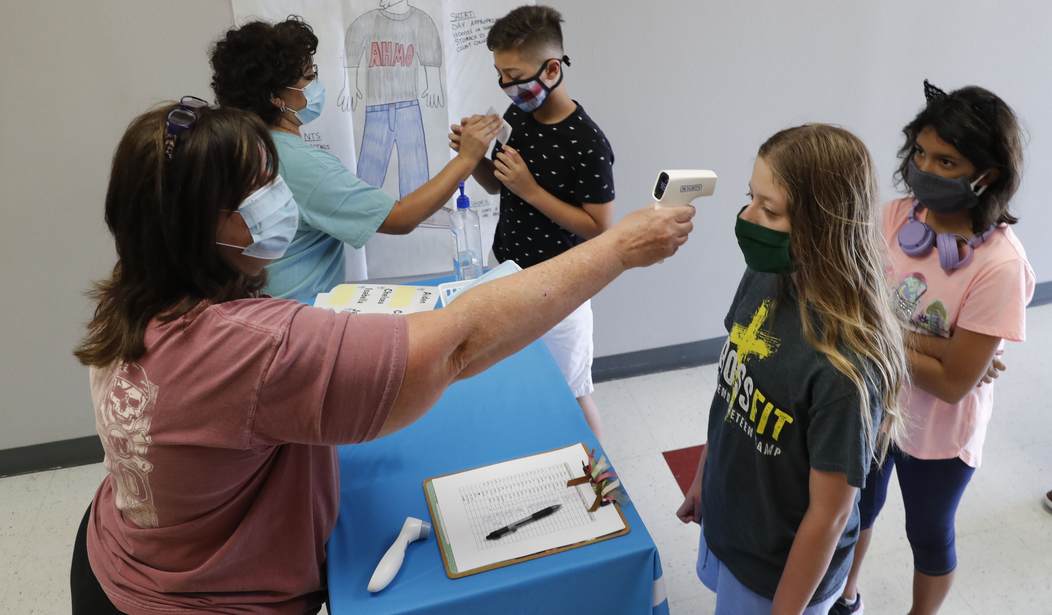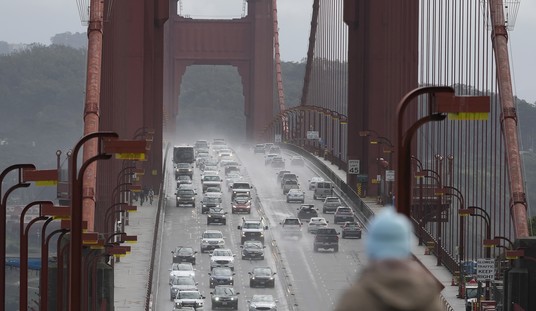The beginning of November is fast approaching, and while that means we are about to have a national election to determine the future of the country, it also means that we’re getting close to what is traditionally the end of the first semester of the school year.
We still have states — like California and New York — that are keeping schools closed. You have various districts that have gone all-virtual or are operating under a hybrid model (where students go every other day). Around the country, thousands upon thousands of students are at home when they should be in a classroom.
These students are struggling. This school year will be just as invalid as the last year, and for what reason? There has yet to be any data that shows schools are hotbeds of transmission. Even the New York Times has been forced to admit that one.
Depression, dropping scores, even dropout rates are all expected to be more prevalent as this goes on. We are inflicting more damage on our students than the virus ever could. And for what? So teachers’ unions can use the opportunity to beg for more social reforms that are unrelated to the general purpose of education (like defunding the police, for example)?
The unions are not concerned with our students, our children, and they never have been. They have political leverage and want to use it while relying on the fear of the virus. But, it’s our students who are suffering, not the unions’ members.
The CDC has been clear on this.
The best available evidence indicates that COVID-19 poses relatively low risks to school-aged children. Children appear to be at lower risk for contracting COVID-19 compared to adults. To put this in perspective, according to the Centers for Disease Control and Prevention (CDC), as of July 17, 2020, the United States reported that children and adolescents under 18 years old account for under 7 percent of COVID-19 cases and less than 0.1 percent of COVID-19-related deaths.[5] Although relatively rare, flu-related deaths in children occur every year. From 2004-2005 to 2018-2019, flu-related deaths in children reported to CDC during regular flu seasons ranged from 37 to 187 deaths. During the H1N1pandemic (April 15, 2009 to October 2, 2010), 358 pediatric deaths were reported to CDC. So far in this pandemic, deaths of children are less than in each of the last five flu seasons, with only 64.† Additionally, some children with certain underlying medical conditions, however, are at increased risk of severe illness from COVID-19.*
I am deeply worried about our students and their futures. As a teacher and a parent, I have seen the effects of virtual and distance learning, the lack of engagement from kids who are stuck at home trying to work on their computers… and that’s the lucky ones. There are plenty of students who don’t have computer access or internet access at home, and there are many hurdles districts have to jump through to get those kids the access they need.
I am not sure that anyone who is forcing schools to stay closed is really considering the science or the data. They are reacting to fear and political pressure, neither of which are rooted in any evidence we have available to us. We have to do better for our students. They are falling further and further behind.













Join the conversation as a VIP Member